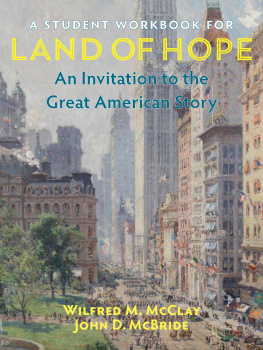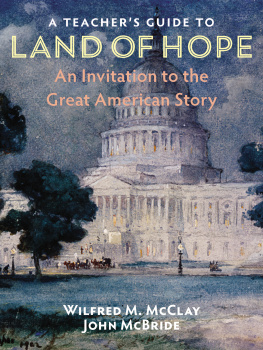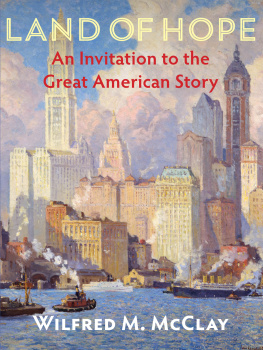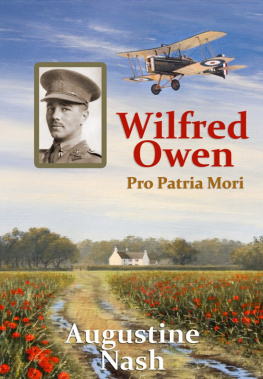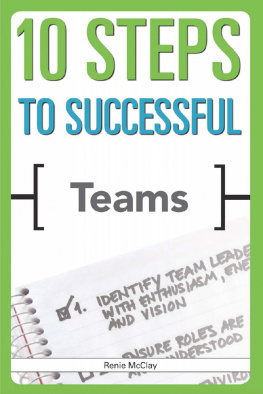EARLY BIRD BOOKS
FRESH EBOOK DEALS, DELIVERED DAILY
LOVE TO READ ?
LOVE GREAT SALES ?
GET FANTASTIC DEALS ON BESTSELLING EBOOKS
DELIVERED TO YOUR INBOX EVERY DAY!

ISI GUIDES TO THE MAJOR DISCIPLINES
GENERAL EDITOR
JEFFREY O. NELSON
EDITOR
JEREMY M. BEER
PHILOSOPHY Ralph M. McInerny
LITERATURE R. V. Young
LIBERAL LEARNING James V. Schall, S.J.
HISTORY John Lukacs
CORE CURRICULUM Mark C. Henrie
U.S. HISTORY Wilfred M. McClay
ECONOMICS Paul Heyne
POLITICAL PHILOSOPHY Harvey C. Mansfield
PSYCHOLOGY Daniel N. Robinson
CLASSICS Bruce S. Thornton

WHAT THIS GUIDE IS, AND ISNT

THE RATIONALE FOR this small book may not be immediately clear. There is already an abundance of practical guidebooks for the study of history, some of them very good. There already are, for example, helpful manuals offering direction to those undertaking historical research and writing, books touching upon every conceivable problem, from the selection and use of source materials to questions of prose style, and of proper form for source notes and bibliographical entries. There are short histories offering a highly compressed account of American history, if that is what is wantedand such books can be very useful for beginning students and experienced teachers alike. There are bibliographical reference works aplenty, general and specialized, which, when used in tandem with the source notes and bibliographies found in the best secondary works in a given field, can quickly provide a reasonably good sense of that fields scholarly topography. What, then, can one hope to accomplish in this short work that has not already been done better by others?
The answer is that this book tries to do something different. It is not meant to be a compendium, let alone a comprehensive resource. It will not substitute for an outline of American history or other brief textbook, and its bibliographical resources are intentionally brief and somewhat idiosyncratic. It does not pretend to offer practical advice as to how to do research. It does not inquire into the state of the discipline, or what methods and theories might currently be on the cutting edge (to use one of the dullest metaphors around), let alone what may be coming next. If you are in search of such things you will need to look elsewhere.
Instead, this book attempts to do something that is both smaller and bigger than those aims. It attempts to identify and express the ultimate rationale for the study of American history, and provide the student with a relief map of the fields permanent geographywhich is to say, of the largely unchanging issues that have undergirded and enlivened successive generations of historical study. A secure knowledge of that ultimate rationale, the telos of historical study, is the most essential piece of equipment required to approach American history intelligently and profitably, precisely because it gives one a vivid sense of what is enduringly at stake.
That sense is all too often missing from history courses and textbooks. Sometimes it is missing because teachers and authors silently presume such knowledge in their audiences. Sometimes, though, it is missing because they have lost sight of it themselves, whether because they are absorbed in the demands of their particular projects, blinkered by a professionalized ethos, or blinded by the preconceptions of ideology. It would be nice to report that this trend shows signs of reversal. But if anything the opposite is the case. So, unless you are blessed with uncommonly thoughtful teachers, as a student of history you will have to dig in and do for yourself the work of integration, of asking what it all means. I hope this book will help.
I have not striven for originality, precisely because it is my hope that this book will not become readily outdated. History, like all fields of study in our day, is highly subject to the winds of fashion. There is no getting around this fact entirely, just as one cannot entirely avoid fashion in clothing. (Even being stodgily unfashionable is a fashion statement, and the vanity of the man who will never wear anything fashionable in public, out of fear of being thought vain, is vanity just the same.) So I will not pretend to be immune, and I also respectfully decline to play the role of the old fogey, who thinks all innovation in historical scholarship is humbug. Would that it were that easy to distinguish gold from dross. Nevertheless, I try to look beyond the ebb and flow of fashion in this book, and attempt to draw our attention instead to the more permanent questions.
What follows, then, is divided into several sections. I begin with introductory essays about the character and meaning of historical study in general, leading into an examination of the special questions and concerns animating the study of American history. These are followed by a series of short essay-sketches, which I call windows, offering us brief glimpses of the central and most characteristic themes of American history, with several suggested readings. Following that, I have provided a short and decidedly nonexhaustive list of caveats, warnings about certain practical pitfalls to avoid. Finally, there is a very short American Canon, the handful of essential books that I believe all students of American history simply must read.
I will be using the term America interchangeably with the term United States, although fully recognizing that there is a sense in which both Canada and Latin America are American.
HISTORY AS LABORATORY

WHAT IS HISTORY? One answer might be: It is the science of incommensurable things and unrepeatable events. Which is to say that it is no science at all. We had best be clear about that from the outset. This melancholy truth may be a bitter pill to swallow, especially for those zealous modern sensibilities that crave precision more than they covet accuracy. But the fact of the matter is that human affairs, by their very nature, cannot be made to conform to the scientific methodnot, that is, unless they are first divested of their humanness. The scientific method is an admirable thing, when used for certain purposes. You can simultaneously drop a corpse and a sack of potatoes off the Tower of Pisa, and together they will illustrate a precise law of science. But such an experiment will not tell you much about the human life that once animated that plummeting bodyits consciousness, its achievements, its failures, its progeny, its loves and hates, its petty anxieties and large presentiments, its moments of grace and transcendence. Physics will not tell you who that person was, or about the world within which he lived. All those things will have been edited out, until only mass and acceleration remain.











